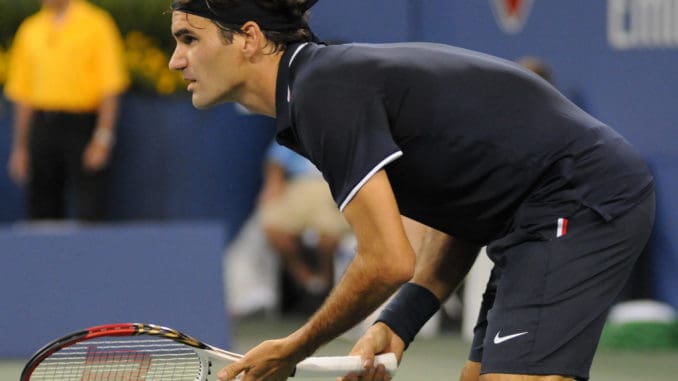
Following the rescheduling of the French Open to the third week of September, there could be big decisions to make for the Big Three of tennis. If the plan to hold the Roland-Garros event comes true, Novak Djokovic, Rafael Nadal and Roger Federer will need to take a call on how they approach the season.
The French Open authorities had earlier, unilaterally opted to shift the tournament from its earlier scheduled third week of May to the September 20. If that call comes to fruition, it would mean the tournament will begin just a week after the end of the US Open, traditionally the season’s final Grand Slam.
And playing back to back Grand Slams with just a week’s break between them might not be the easiest call to make for most players, but especially those who are expected to do well – i.e. the Big Three.
[the_ad id=”25431″]
Federer, for instance, had earlier opted out of the clay court season and was to play at only the French Open but withdrew from that too because of a knee surgery. He was expected to return for the short grass swing but now that the French Open is to be played in September there could be an outside chance he features in that tournament too.
A lot would, however, depend on how his body shapes up at the US Open and how deep he goes there. An early loss could allow him a longer gap and a chance to feature in Roland-Garros but if he goes deeper into the second week, there is every chance Federer would pull out of playing on clay.
The Swiss maestro had missed the entire clay seasons in 2017 and 2018 in a bid to preserve his ageing body but participated there last year. He last won an event on clay in 2015 when he defeated Pablo Cuevas in the final of the Istanbul Open while his last Masters victory on that surface came in 2012 in Madrid.
Also Read:
It is a tougher call for Nadal. He is a defending champion at both, the French Open and US Open, and when it comes to knees and preferences, clay is way higher on his list.
However, not participating at the US Open would mean dropping of the entire 2000 points and potentially, a major fall in the rankings.
On the other hand, playing in back to back Grand Slams enhances the risk associated with injury, especially given the kind of wretched list of injuries he has endured over the past two seasons.
With a record 20th Grand Slam on line and having won the French Open 12 times already, there’s every possible chance he would like to give himself a more relaxed outlook towards the US Open and come out all guns firing at the French Open.
[the_ad id=”24055″]
Djokovic’s case is slightly different. Unlike Federer, he has been a regular on the clay circuit in recent years, and even won a title at the Madrid Masters last year before ending runner-up to Nadal at Rome. His lone French Open title came in 2016 but has a better chance of winning it once more than Federer and the temptation to play at Roland-Garros will always be there.
While Djokovic could still make a call on the French Open after the US Open is done – and the Flushing Meadows tournament will be very high on his focus having made it to eight finals there and won thrice – it could become a hugely tactical decision for the Serb. After all, he could reason with his team, most players would be in the same boat as him.
The worst-case situation, as ironical as it might sound, is a deep run at the US Open without winning the title followed by the need to play on the Paris dirt against possibly two of the best clay-courters in recent history – Nadal and Dominic Thiem.
Be the first to comment